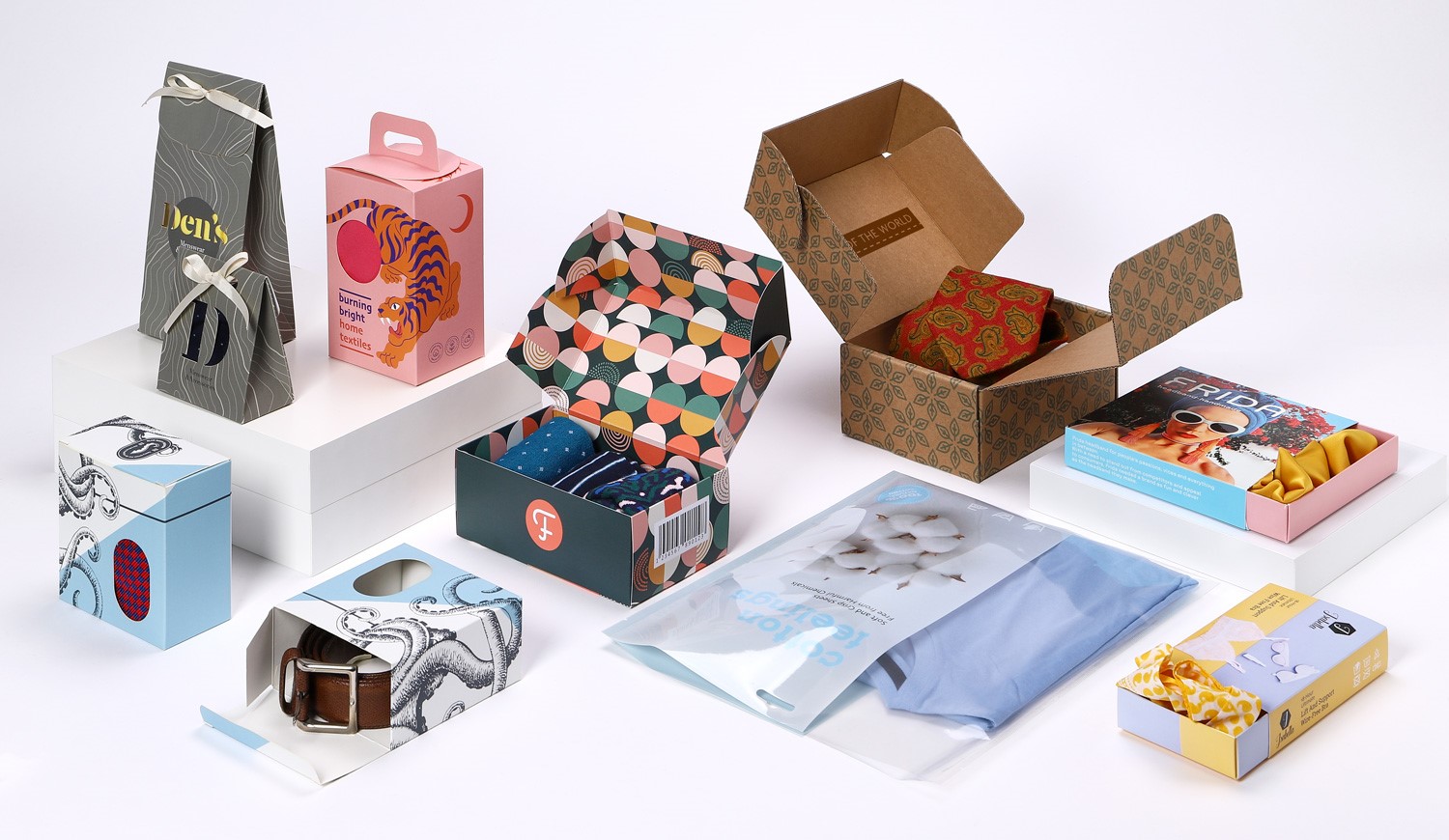Introduction
The fashion industry, renowned for its creativity and innovation, has increasingly recognized the environmental impact of its operations, particularly in packaging. Traditional packaging materials often contribute to significant waste and pollution. In response, many brands are exploring and adopting eco-friendly packaging options to minimize their environmental footprint. This article delves into sustainable packaging solutions, highlighting their benefits, challenges, and real-world applications.
Understanding the Environmental Impact of Fashion Packaging
Traditional fashion packaging materials, such as plastic polybags, hangers, and non-recyclable boxes, contribute to pollution and landfill waste. The production and disposal of these items release harmful chemicals and microplastics into the environment. As global awareness of environmental issues grows, consumers and brands alike are seeking alternatives that align with sustainability goals.
Key Eco-Friendly Packaging Materials
- Compostable Packaging
Compostable packaging is made from plant-based materials designed to break down naturally, enriching the soil without leaving harmful residues. Unlike biodegradable materials, compostable items require specific conditions to decompose effectively. Brands adopting compostable packaging must ensure proper disposal instructions are provided to consumers to prevent contamination of composting systems.
- Recycled and Recyclable Materials
Utilizing recycled paper, cardboard, and bioplastics reduces the need for virgin resources and lowers carbon emissions. Recyclable packaging, such as boxes and mailers, can be repurposed, minimizing waste. Companies like L’Oréal have pioneered the use of mineral-coated paper packaging, enhancing water resistance while maintaining sustainability standards.
- Minimalist Packaging Design
Embracing minimalist packaging involves reducing the use of materials and opting for designs that require fewer resources. This approach not only conserves materials but also reduces transportation costs and carbon emissions. Brands are encouraged to assess the necessity of each packaging component and eliminate excess to promote sustainability.
- Reusable Packaging Solutions
Implementing reusable packaging, such as durable garment bags or boxes, encourages customers to return or repurpose packaging materials. This model supports a circular economy by extending the lifecycle of packaging items and reducing single-use waste.
- Innovative Materials
- Mycelium-Based Packaging: Derived from fungal roots, mycelium-based packaging is biodegradable and can be produced using agricultural waste. Companies like Ecovative have developed mycelium-based products that decompose naturally, offering an alternative to plastic foams.
- Bioplastics: Made from renewable resources like corn starch or sugarcane, bioplastics serve as alternatives to conventional plastics. Materials such as PLA (polylactic acid) are used in packaging and textiles, providing a biodegradable option that reduces reliance on fossil fuels.
- Seaweed-Based Packaging: Seaweed-derived materials offer biodegradable packaging solutions that decompose without leaving harmful residues. Research into seaweed-based packaging is ongoing, with companies exploring its potential as a sustainable alternative.
Benefits of Eco-Friendly Packaging
- Environmental Conservation: Reduces waste and pollution, contributing to cleaner ecosystems.
- Brand Image Enhancement: Aligns with consumer values, fostering loyalty and trust.
- Cost Efficiency: Long-term savings through reduced material usage and waste management costs.
- Regulatory Compliance: Meets increasing environmental regulations and standards.
Challenges in Adopting Sustainable Packaging
- Cost Implications: Initial investment in sustainable materials and processes can be higher.
- Supply Chain Limitations: Availability of eco-friendly materials may be restricted in certain regions.
- Consumer Awareness: Educating consumers on proper disposal and the benefits of sustainable packaging is essential.
- Infrastructure Constraints: Inadequate recycling and composting facilities can hinder the effectiveness of sustainable packaging.
Case Studies of Brands Implementing Sustainable Packaging
- Zara: Introduced the #JoinLife collection, utilizing packaging made from 100% recycled cardboard. The brand also implemented a clothing recycling program in collaboration with organizations like the Red Cross and Oxfam in Spain.
- H&M: Committed to reducing single-use plastics by eliminating plastic hangers and replacing them with cardboard alternatives. The brand also focuses on using recycled materials in its packaging.
- Patagonia: Known for its commitment to sustainability, Patagonia uses recycled and recyclable packaging materials and encourages customers to reuse or recycle packaging items.
Future Trends in Fashion Packaging
The future of fashion packaging is leaning towards greater sustainability and innovation. Brands are exploring:
- Smart Packaging: Incorporating technology to enhance functionality and recyclability.
- Edible Packaging: Developing packaging materials that can be consumed or composted, reducing waste.
- Localized Production: Manufacturing packaging materials closer to production sites to reduce transportation emissions.
